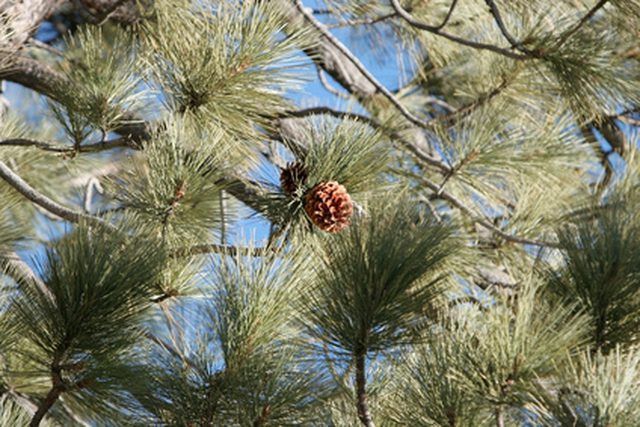Bulbs
Flower Basics
Flower Beds & Specialty Gardens
Flower Garden
Garden Furniture
Garden Gnomes
Garden Seeds
Garden Sheds
Garden Statues
Garden Tools & Supplies
Gardening Basics
Green & Organic
Groundcovers & Vines
Growing Annuals
Growing Basil
Growing Beans
Growing Berries
Growing Blueberries
Growing Cactus
Growing Corn
Growing Cotton
Growing Edibles
Growing Flowers
Growing Garlic
Growing Grapes
Growing Grass
Growing Herbs
Growing Jasmine
Growing Mint
Growing Mushrooms
Orchids
Growing Peanuts
Growing Perennials
Growing Plants
Growing Rosemary
Growing Roses
Growing Strawberries
Growing Sunflowers
Growing Thyme
Growing Tomatoes
Growing Tulips
Growing Vegetables
Herb Basics
Herb Garden
Indoor Growing
Landscaping Basics
Landscaping Patios
Landscaping Plants
Landscaping Shrubs
Landscaping Trees
Landscaping Walks & Pathways
Lawn Basics
Lawn Maintenance
Lawn Mowers
Lawn Ornaments
Lawn Planting
Lawn Tools
Outdoor Growing
Overall Landscape Planning
Pests, Weeds & Problems
Plant Basics
Rock Garden
Rose Garden
Shrubs
Soil
Specialty Gardens
Trees
Vegetable Garden
Yard Maintenance
Pine Trees Native to Texas
Pine Trees Native to Texas. Texas has seven main types of pine trees. These pines all fall into regions 5 through 7 of the USDA Hardiness Zone Map. Most require good drainage and low water to withstand the conditions in Texas. They all grow a deep taproot. The trees all produce cones and flowers in the spring.

Texas has seven main types of pine trees. These pines all fall into regions 5 through 7 of the USDA Hardiness Zone Map. Most require good drainage and low water to withstand the conditions in Texas. They all grow a deep taproot. The trees all produce cones and flowers in the spring.
Longleaf Pines
Longleaf pines grow mainly in the east and withstand the diverse weather conditions there. Longleaf pine, longleaf yellow pine, southern yellow pine, hard pine, longstraw pine, hill pine, pitch pine and heart pine are the eight names these trees go by. Longleaf pines have the longest needles and have the largest cones of all Texas pines. They can reach 125 feet in height. A longleaf pine will remain small and seem not to grow for three to 25 years. During this time it is growing a deep taproot.
Shortleaf Pines
Shortleaf is another type of eastern Texas pine. It grows in slopes and hills or upland woods or fields. It wonít grow with the loblolly pines. It can grow to 100 feet in height. Shortleafs are the most cold-tolerant of the native pines.
Loblolly Pines
Loblolly pines are the most common pine tree in Texas and found mostly in eastern Texas. However, insects and disease can harm this tree. They donít require a lot of water and can withstand soil with a higher pH, as compared to most pines. They are the fastest growing pines in Texas though their needles are not long, only up to 9 inches in length. The loblolly goes by two names: loblolly and oldfield pine.
Ponderosa Pines and Southern White Pines
Ponderosas grow in limestone and other mineral-rich soils. They grow in the Guadalupe, Chisos and Davis Mountain Ranges in west Texas. Southern white pines are the loveliest but rarest Texas pine trees. They have silvery white bark. They grow to 90 feet in height.
Nut Pines and Pinyons
These trees grow in west Texas. They grow well in rocky soil and donít need much water. They are not the same but are closely related. They both grow in a triangular shape. The nut pines grow to 70 feet but commonly reach only 20 to 30 feet. Pinyons have a more rounded crown while the nut pine has a conical crown. The nut pine produces edible nuts with hard shells.